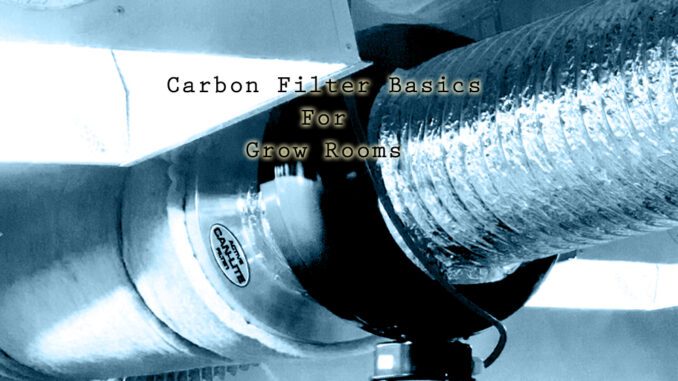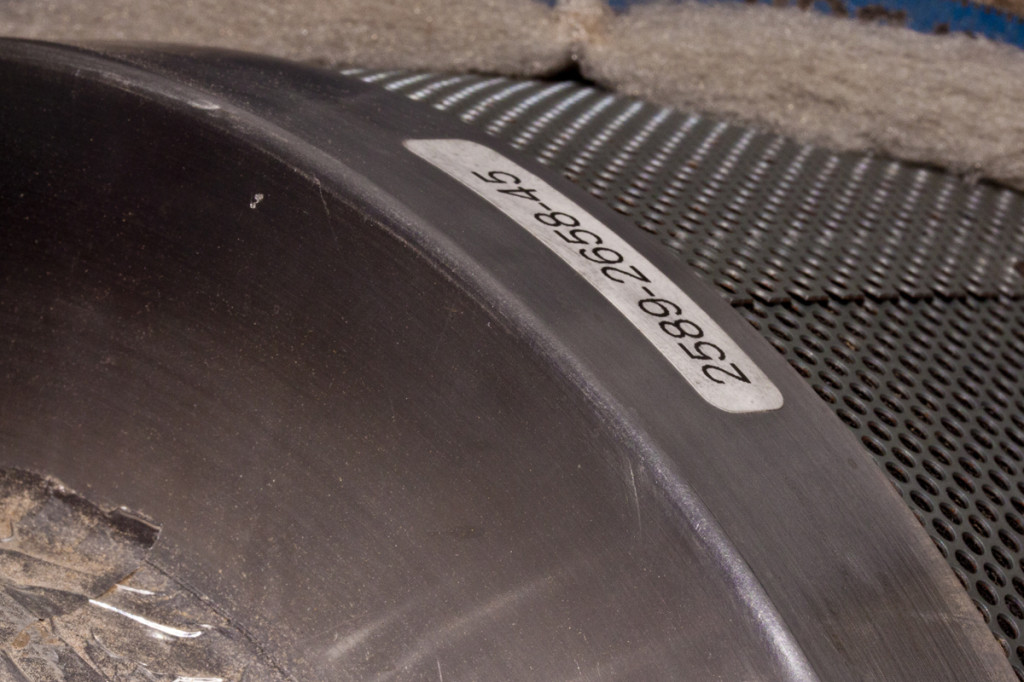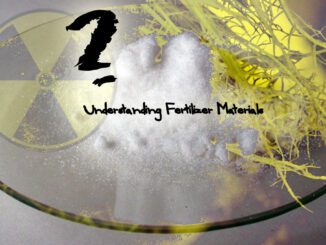
Carbon Filter and Fan Basics for Grow Rooms
Learn carbon filter and fan basics for grow rooms to keep the air in your indoor hydroponics garden or greenhouse grow healthy and fresh for better crops. Activated carbon filters require no electricity and work with your exhaust or scrub fans to trap odors, dust, spores, pollen and other airbourne contaminants commonly found in grow rooms. If you don’t size your fan and filter correctly, or install poorly they may not be effective. Following these simple carbon filter and fan basics for grow rooms will ensure that you get the most out of your growing investment and your hydroponic harvests.
[quote]Typical particle sizes that can be removed by carbon filters range from 0.5 to 50 micrometres[/quote]
How do I size the proper fan to a filter?
The formula for sizing a room: Length x Width x Height
Divided by 3 Gives minimum recommended fan CFM Match fan to filter
Ex.) 10ft x 10ft x 20ft = 2000 Cubic Feet
2000 Cu.ft / 3 = 667 CFM
667 CFM fan is Minimum fan size for this size area
after establishing fan size, match it to appropriate sized filter. IE, Can-100
How much CFM loss is there through the filter?
Every different size of filter provides a different resistance to each different size and style of fan you put on it, a filter at the maximum exhaust CFM rating has approximately 0.7 wg. pressure drop
All Fans will have a lower CFM at a higher pressure.
For Example at .5″wg
The 10″ Max-Fan goes from 1019 CFM to 885 CFM,
The 12″ Max-Fan would go from 1708 CFM to 1595 CFM
How much CFM is lost through a 25ft. Section of ducting?
Approximately 3%(Straight hard cast) to 7%(Flex Ducting)
1% to 4% Additional loss for every 90° Bend
Filter& Fan Facts via CanFilters.com
How Does Carbon Filtering Work?
Carbon filtering is a method of filtering that uses a bed of activated carbon to remove contaminants and impurities, using chemical adsorption.
Each particle/granule of carbon provides a large surface area/pore structure, allowing contaminants the maximum possible exposure to the active sites within the filter media. One pound (450 g) of activated carbon contains a surface area of approximately 100 acres (40 Hectares).
Activated carbon works via a process called absorption, whereby pollutant molecules in the fluid to be treated are trapped inside the pore structure of the carbon substrate. Carbon filtering is commonly used for water purification, in air purifiers and industrial gas processing, for example the removal of siloxanes and hydrogen sulfide from biogas. It is also used in a number of other applications, including respirator masks, the purification of sugarcane and in the recovery of precious metals, especially gold. It is also used in cigarette filters.
Typical particle sizes that can be removed by carbon filters range from 0.5 to 50 micrometres. The particle size will be used as part of the filter description
Source: http://en.wikipedia.org/wiki/Carbon_filtering
Learn to INSTALL Your Filter Like the Pros:
[youtube width=”560″ height=”315″ video_id=”A1u4bcAjlA”]




